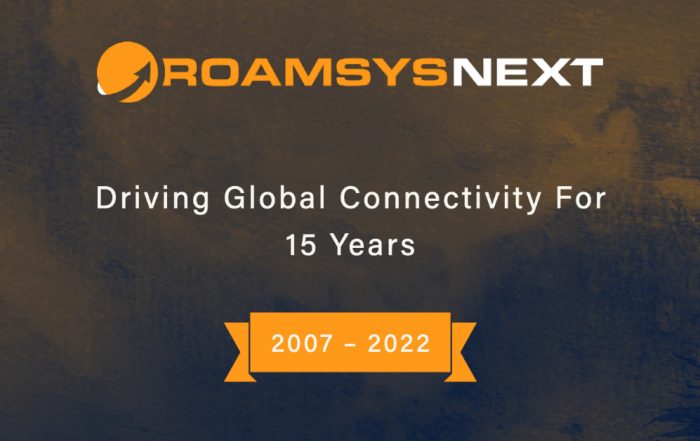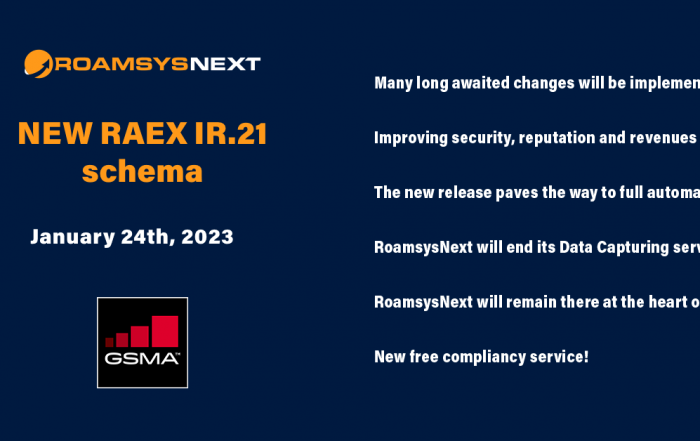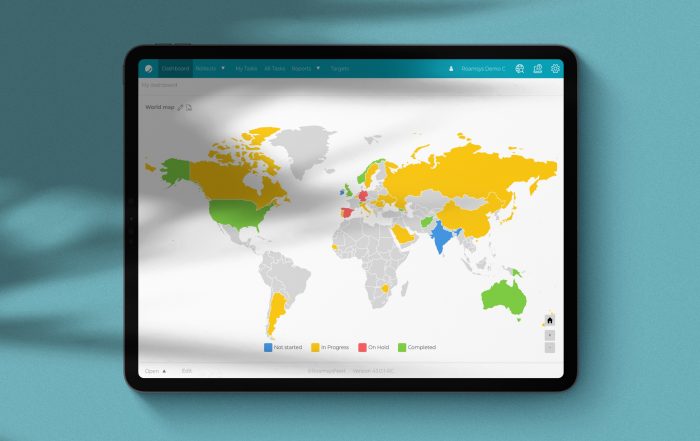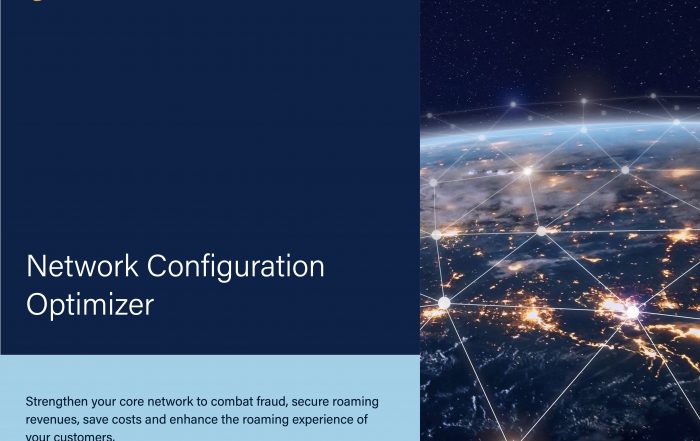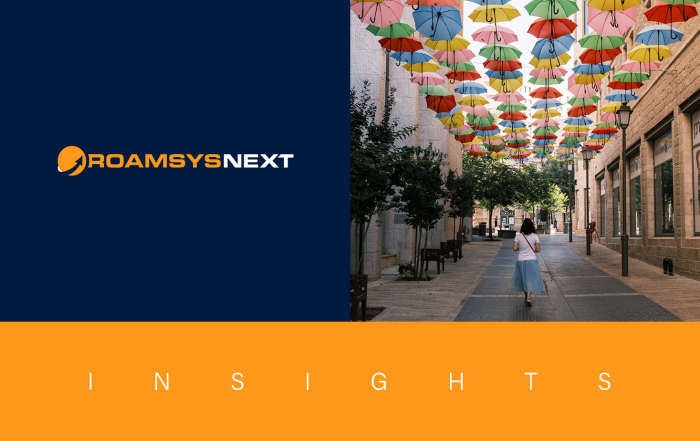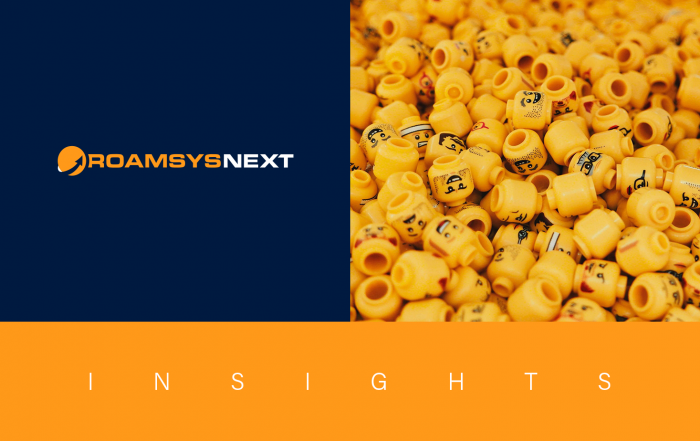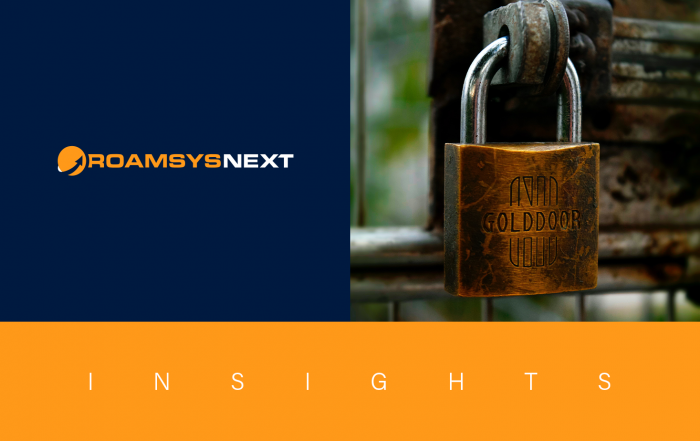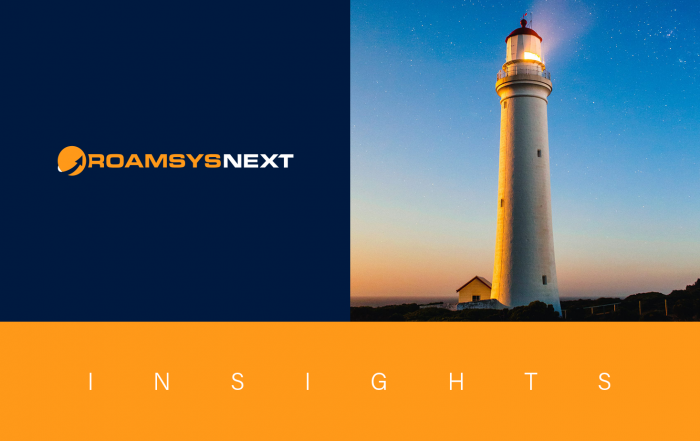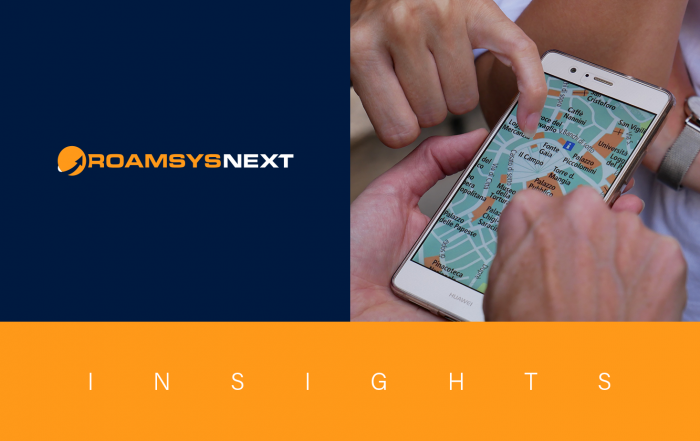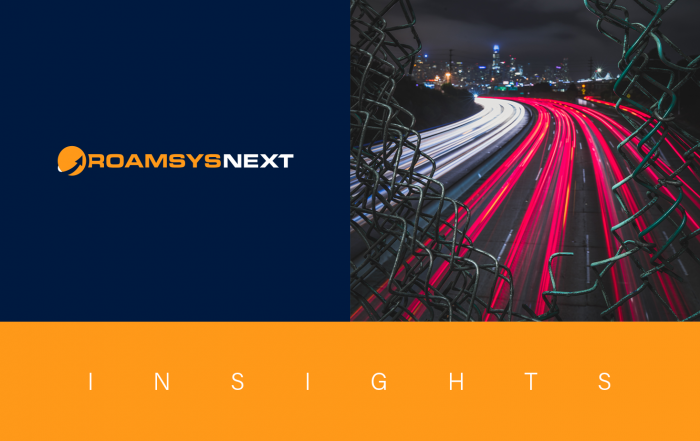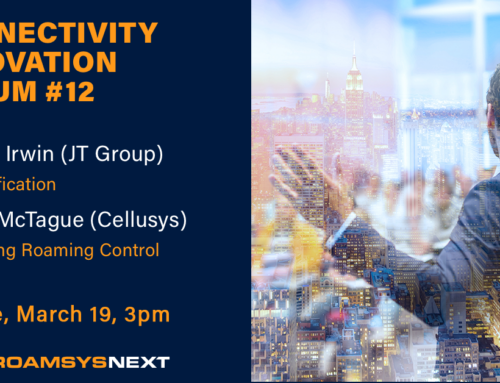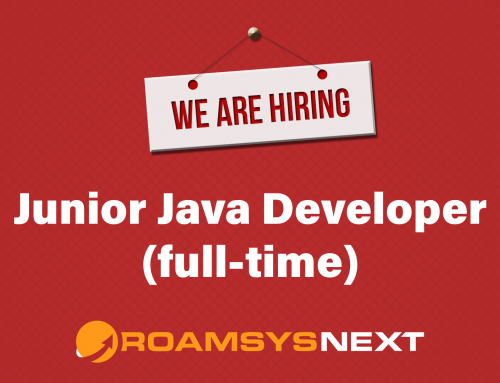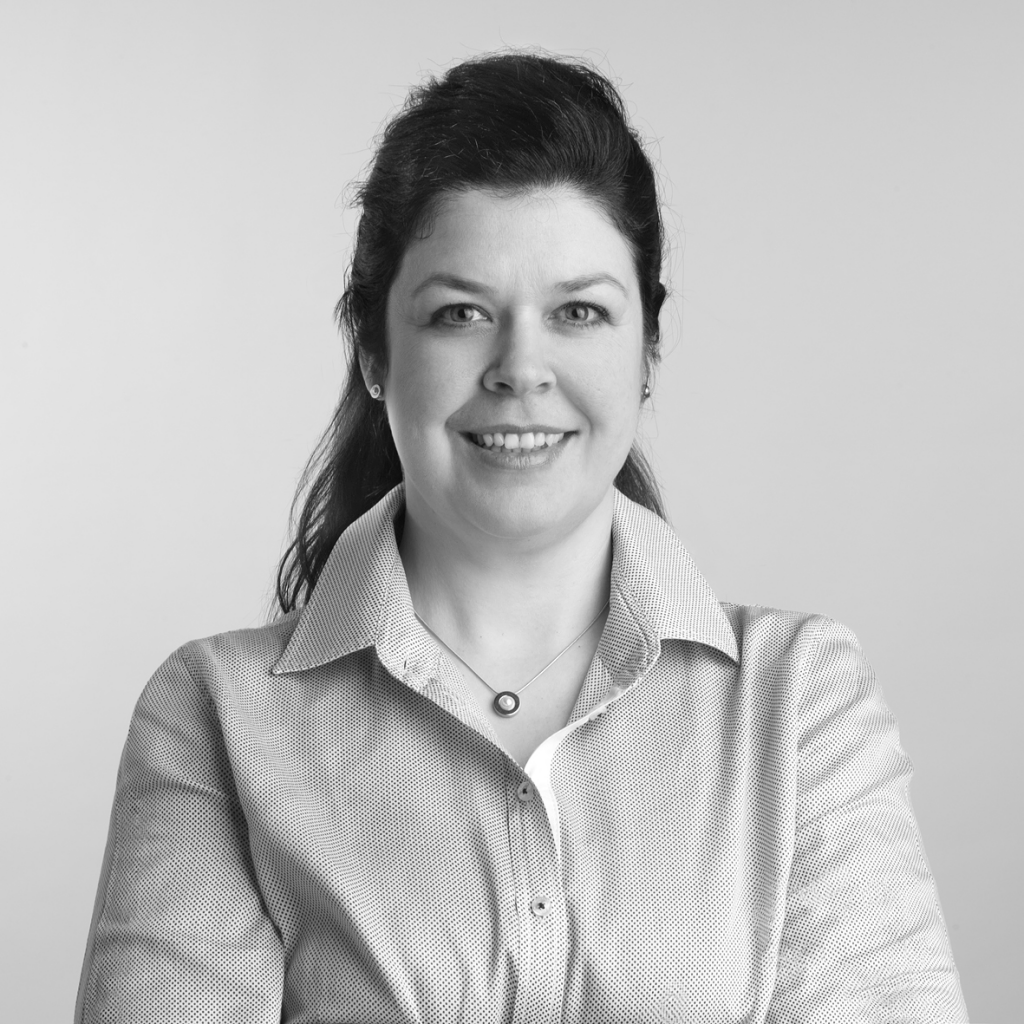
Gabriele Lieser
CUSTOMER SUCCESS MANAGER
Summary
While the era of 5G is about to take off and LTE/4G has become a standard, legacy technologies are still needed. There are many end-users who cling to their old devices, but these will never be able to support the new technologies. The same is true for M2M environments which are also based on these traditional, simple and uncomplicated technologies.
However, frequencies are scarce, and the parallel maintenance of different technologies is expensive and erroneous. Many operators have already started to unplug their 2G and 3G networks, with many implications for MNOs, their roaming partners and their subscribers. Unfortunately, there is no coherent global strategy, so everyone has to keep up with the latest technology sunsets by themselves. Fortunately, there are already sound solutions in place to avoid time-consuming research across various sources.
For decades, mobile technologies have grown so close to our lives that sometimes the old clothes need to be taken off to scale-up and introduce new, more powerful technologies. What happens to the outdated ones and to the users that are accustomed to their old-school terminals but won’t support the new systems? How do operators deal with this tricky situation? As we are entering the era of 5G, opportunities have multiplied: ultrafast speeds, lower latency, higher connection density, increased bandwidth. For the first time, wireless is so good that it can support many processes in a fast and reliable way. Does this mean that legacy technologies are already obsolete and can be switched off for good? Or is there life in the old dog yet?

In RoamsysNext Insights our experts share their views on extensive industry topics and possible solutions we can offer.
2G was developed in the early 1990s, and gradually scaled up to 3G in the 2000s and then to 4G. 2G is the longest-serving mobile technology, and the vast majority of operators worldwide still operate 2G networks. Although app-based voice and video calls have become popular, 2G-based voice services are still valuable because of their unique number identification. Furthermore, SMS is widely used in registration processes. In addition to voice, 2G technology had been a starting point for M2M communication in high-revenue applications such as POS (credit and debit card payment machines) and fleet management (tracking/temperatures). So, operators will keep 2G networks in operation until Voice over LTE (VoLTE) is generally in use.
Phasing out 2G
With new applications and an increasing demand by data-hungry subscribers, the upgrade cycles of the networks have become shorter and shorter over the years. As new network technologies are introduced in phases, providers first equip densely populated areas and then roll out to all regions with the goal of reaching at least 90% of the population. With the introduction of 4G technology, all new non-budget smartphones are VoLTE-enabled, so operators are ready to invest in fully digital, high-definition voice and video calls with unique identification numbers. Some network operators have already introduced VoLTE-enabled call services, so they will gradually phase out 2G networks over the next few years.
Paving the Way for Customers
The decision when to switch off a legacy network depends on the development of demand in the respective market. As a result, 3G networks are likely to remain in operation for at least five years. The main drivers for phasing out 3G networks are the same as for 2G networks – in particular reducing operational expenditure and reallocating precious frequencies. There are some additional key factors that will determine the timing of the switch-off, starting with the subscribers’ acceptance of VoLTE-enabled equipment, and ensuring wide-spread and high-quality 4G coverage to make sure that VoLTE services are supported after 3G is gone.
As a matter of principle, delays in the planning of projects to rationalize 3G networks can be caused by the size of the 2G customer base for M2M and IoT applications, especially where long-term support agreements are in place. After the so-called sunset dates, 2G and 3G devices are then no longer allowed to connect to the network and must cease communication within the organization. To help subscribers migrate from 3G to 4G, providers are already coming up with attractive 4G device bundles in combination with data and content bundles.
Risk of Churn
But, how about the main risks of switching off legacy networks? There will be subscriber churn, especially if operators do not shut down at the same time (as AT&T and T-Mobile demonstrated in the US). New technologies will always expose an uncertain demand for new services and capacities. Some customers will eventually be left without network coverage, are forced to upgrade cell phones, or a large number of M2M connections are disconnected for business customers. The costs of migrating M2M connections and the indignation of subscribers can lead to brand damage.

Where are the sunset dates?
MNOs face many challenges when it comes to 2G and 3G-closures. The management of the own network is one side of the medal, but how to deal with roaming partners that are closing their old technologies? Even for experienced roaming managers it is hard to keep track of the current status, as Florian Mayer, part of the RoamsysNext Client Services team and our “swiss-army-knife” when it comes to metadata, explains: “As there is no global roadmap for 2G and 3G sunsets, there are many sources that need to be consulted to get an overview. There is the news, websites like wikipedia or the operators themselves who share relevant information. Also, the GSMA provides an Excel-based workflow that keeps their members informed. But after all, in order to get the full picture, you need to accumulate data from many sources. We relieve our customers of this tedious work and provide them with current data promptly and regularly in our Wholesale Roaming Manager toolkit. It is investigated weekly, regularly updated and maintained by our experts.”
But isn’t there an easier way? The RAEX standard has been established well, and within the “Networks” section of the RAEX IR.21 there already is a dedicated field to announce the dates for the planned closure of 2G and 3G networks. “This actually is the perfect place to inform partners about the planned sunset dates”, explains Florian Mayer, a well-known industry authority with a background of operators, clearing houses and suppliers since the times when 2G appeared on the horizon. “Unfortunately, this section leads something of a wallflower existence. According to our research, only a handful of MNOs enter their sunset dates there, which is a real pity. We will soon launch a campaign to bring this more to the fore, as the sunsets are a serious problem for all operators, and this would be of great help”.
Making Customers Future-proof
We at RoamsysNext are doing our best to make our current and future customers future-proof. In order to converge roaming partner information and relationships in a precise and secure way, the RoamsysNext’s Wholesale Roaming Manager offers an all-in-one solution from test SIM cards-, over tariff-, document- and contact management. Of course, 5G is already implemented in our tools. Additionally, we help to strengthen the core network by spotting missing and incorrect configurations and vulnerabilities with the RoamsysNext Network Configuration Optimizer. Further audits are essential to make sure that the correct configurations are implemented in every network node. More than 700 MNOs across the globe already trust in our tools and services. With the help of the latest technologies and together with the GSMA, we constantly strive for more efficient solutions. Stay tuned for new advanced developments from the house of RoamsysNext.
Gabriele Lieser joined RoamsysNext in 2020 as Customer Success Manager to strengthen the bonds with our increasing number of customers and to support the marketing team. Gabriele has a strong background in corporate sales. She studied at the Universities of Trier (Germany) and Manitoba (Canada) and is incorporated in the RoamsysNext Client Service team.
“The team is a crucial asset”
It has been an exciting year for RoamsysNext. And as 2023 is coming to an end, we took the opportunity to talk with CEO Michael Grasmück about the past year, the growing team that becomes more and more international, and the comeback of an industry institution.
15 years of RoamsysNext – Driving Global Connectivity
RoamsysNext turns 15, so we talked with CEO Michael Grasmück about the anniversary, the early years, the move to Luxembourg and the future within the fast-developing roaming industry.
The new age of the IR.21 – Be ready for the full automation!
The new RAEX IR.21 schema will be released early 2023 with great changes coming that allow us to revolutionize the way we work with the IR.21 data.
Reporting at a glance: The RoamsysNext Dashboards
The RoamsysNext tools offer many reporting functionalities of which the dasboards play an important role. Learn more about using them in practice to identify bottlenecks, visualize your team's performance and bring a smile to your management's faces.
End-2-End-Automation with Network Configuration Optimizer
The RoamsysNext Network Configuration Optimizer is the perfect solution to make the shift from manual processing to more and more automated processing, with the option to move to full automation. Let's see how it works.
From Roamsys to RoamsysNext
Sixteen months ago, Roamsys relaunched and became RoamsysNext. Time to look back to a year we never expected to happen.
How to Stay Secure
What can MNOs do to stand up to the ever-growing tide of telecom fraud and protect their assets? Stay alert, use great tools, collaborate with other market players, and take the fight to the fraudsters.
Telecom Fraud Hurts
Telecom fraud is a rapidly growing area that has serious effects on national critical infrastructure (civil, healthcare, energy, agriculture...) and wider industrial processes.
The GSMA MISP – How Does it Help?
Malware information sharing and threat intelligence sharing has unbeatable benefits that make any caveats and challenges look small in comparison.
The Experts behind RoamsysNext Insights
RoamsysNext Insights has a growing fan base due to its substantial reports. With a wide variety of great information and exciting insights, they inspire beginners as well as professionals.
How to Treat 2G and 3G Closures without Becoming an Archivist?
As we are entering the era of 5G, legacy networks are in a state of flux and lose significance. This blog is about how the sunsetting of 2G and 3G networks will impact mobile communication.
How to Choose a Signaling Firewall Wisely
In times of global turbulences and increasing fraud attacks the decision for a sophisticated signaling firewall becomes more and more a priority. Some general considerations help to narrow down the choice.
Identity Fraud in Telecom
Identity fraud robs people of their virtual existence; it costs time, money and nerves. But there are countermeasures that help.
How to Tackle the Challenges in Combating Telecom Fraud
Telecom fraud can have dire effects on critical infrastructure and always causes painful loss of revenue. See how the industry's joint efforts tackle the challenges in combating telecom fraud.
Face the Breach: Rehearse an Emergency Before it Happens
In case of a breach, most companies are poorly prepared to take quick action. Have a look at some ideas on how to make the best of a difficult situation and save valuable time.
Working from Home during a Global Pandemic
Due to the broad introduction of remote working, businesses need to rethink their current cyber security measures and consider how they need to be adapted or further developed.
The Future of Roaming Trainings – An interview with Milja Hofman, CEO Roamingwise
Roamingwise is a well-known provider of roaming trainings, seminars and consultancy in a variety of international roaming topics. In our interview, CEO Milja Hofman reveals how she prepares professionals to drive the roaming world.
Historical Fraud Incidents and Lessons to be learned
In the course of history, no era is free from the practice of deception for personal benefit. Let’s have a look at what we can learn from historic fraud cases from ancient Greece to modern times.
Two-Factor Authentication rules!
For some time now, we have introduced 2FA and have contributed our share to provide more secure access to our tools. Norbert Becker, Head of Software Development, picks up the thread and provides engaging insights into his area of responsibility.
Introducing: The RoamsysNext Network Configuration Optimizer
Learn how the RoamsysNext Network Configuration Optimizer enables MNOs to switch safely to full automation and growing roaming revenues by providing effective and secure data management of all roaming related business information.
Introducing: The RoamsysNext Wholesale Roaming Manager
The RoamsysNext Wholesale Roaming Manager provides powerful collaboration and reporting tools for all roaming partner relationships by converging everything from service openings to the user’s roaming footprint, test SIM cards and tariffs, document and contact management.
Don’t fear the breach – three more ways to avoid configuration errors
Three ways to bliss: take bold measures to automate processes as much as you can, check your firewall’s security logs regularly and enforce centralized authentication mechanisms.
We’re in this together
In the second part of our interview with Alexandre De Oliveira, POST Luxembourg Cyberforce, he highlights major pain points in fraud detection and stresses the importance of global information sharing via the GSMA T-ISAC initiative.
Mastering today’s Fraud Landscape
Learn how Alexandre De Oliveira’s team at POST Luxembourg Cyberforce is mastering today’s fraud landscape with penetration tests, security assessments, the Telecom Intrusion Detection System (TIDS) and the Telecom Security Scanner (TSS).
How to avoid configuration errors
Hardening the network is a good way to get configuration errors under control. Introducing smart firewall rules and consistently updating these rules can be very time-consuming, but it’s a crucial measure to be taken.
From customer request to feature
In our newest “RoamsysNext Insights”, David Houstek and Adrian von Wendt elaborate on our customer focused production processes.
Making a Stand against Fraud
In an insightful interview, our CTO, Hendrik Hoehndorf, speaks about further GSMA initiatives on fraud detection and prevention such as the MISP (Malware Information Sharing Platform) and T-ISAC (Telecommunication Information Sharing and Analysis Centre).
Cyber security and fraud prevention – the GSMA approach
How does the GSMA approach cyber security, fraud detection and prevention? Look at the incredible useful tools and informations they provide with the Fraud and Security Group (FASG) and documents on best practice countermeasures.
How insecure GTP makes LTE and 5G networks vulnerable
GTP will still have an impact on 5G. Our tools can help to identify dubious requests faster, reduce reaction times and block incidents in a fraction of time.
How bad can it get? Signaling attacks strike the heart of each MNO
This blog is about how correct data is key to ensuring that mobile communication is of trustworthy origin, especially in case of signaling attacks. Notably, the roaming industry has to take action for data verification.
Grey Routes, Spam, Smish – funny words but nothing funny about SMS Fraud
SMS enjoys the reputation of being a safe channel for communication. But as any system, it is prone to abuse. We show you what needs to be done.
4 more Types of Telecom Voice Fraud MNOs are vulnerable to
Voice fraud is known as one of the top inter-carrier fraud cases, and in order to expose them, time and reliable data is crucial. This article shows that prevention is key to make sure that legitimate traffic is not obstructed.
Three Types of Telecom Voice Fraud that can destroy businesses
This issue shines a light on the variety of security breaches and fraud incidents: A cabinet of horrors.
Problems with telecom fraud? How big the issue really is. And how we can help
Fraud and security issues cause considerable problems within mobile network operators. But we are here to help.
Let’s talk about data quality
Most fraud and security issues are caused by misconfigured network nodes. This article shows, how RoamsysNext treats this problem on their quest for data quality.


